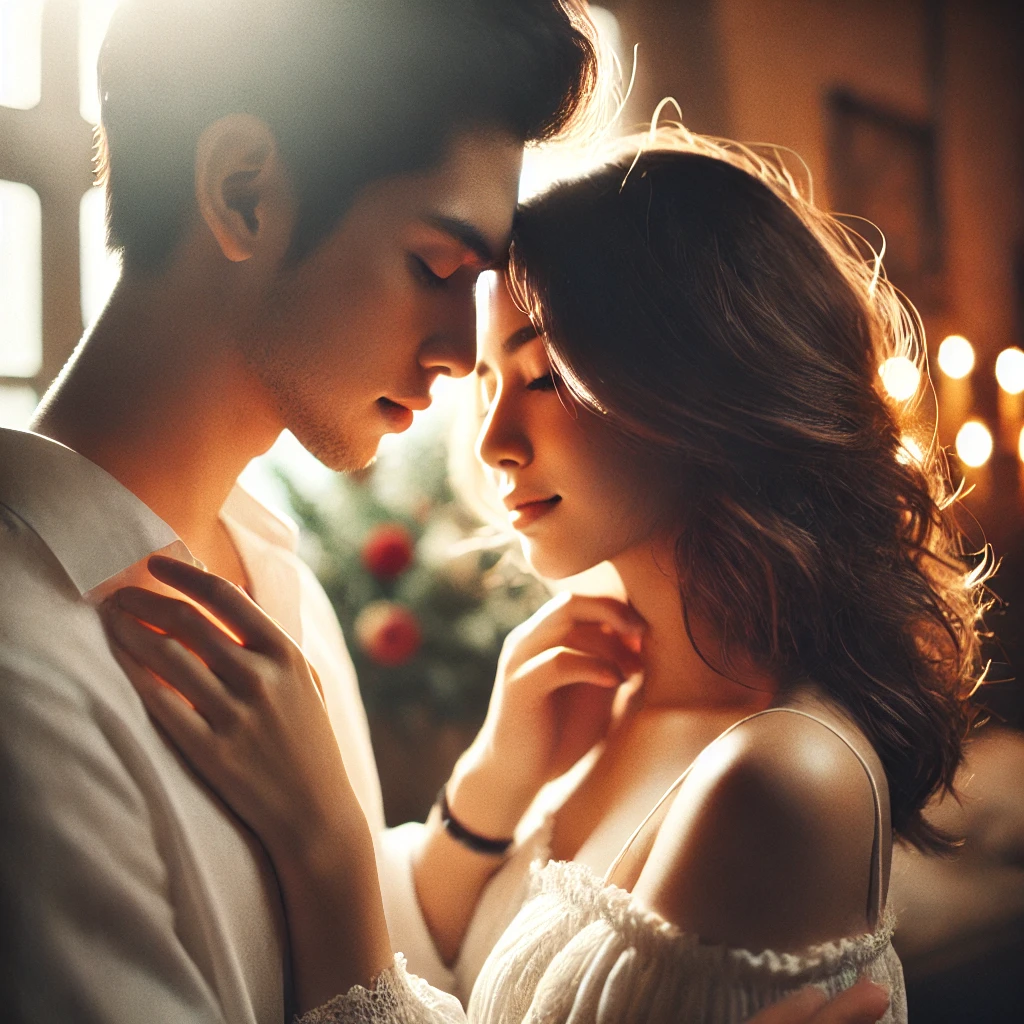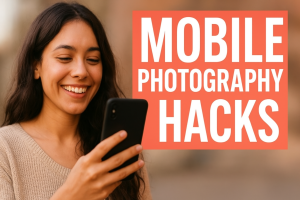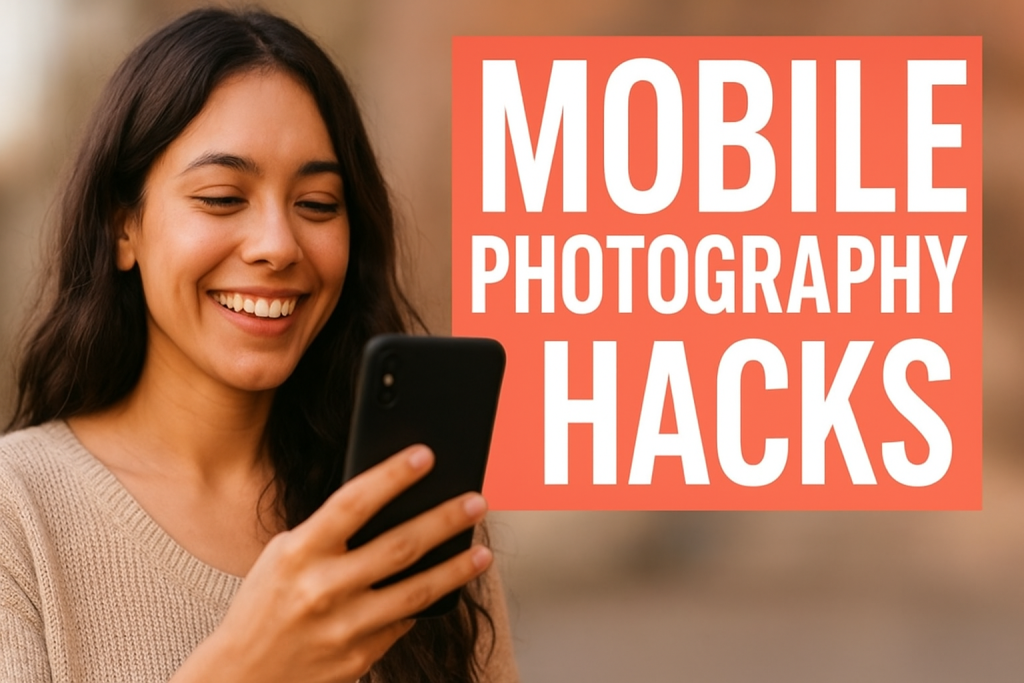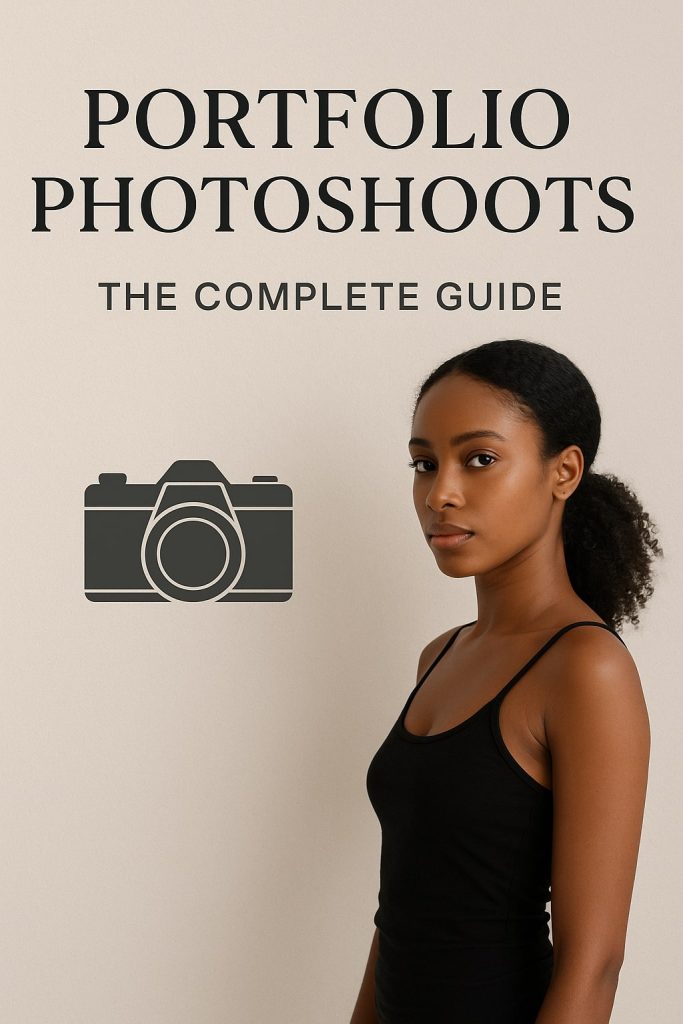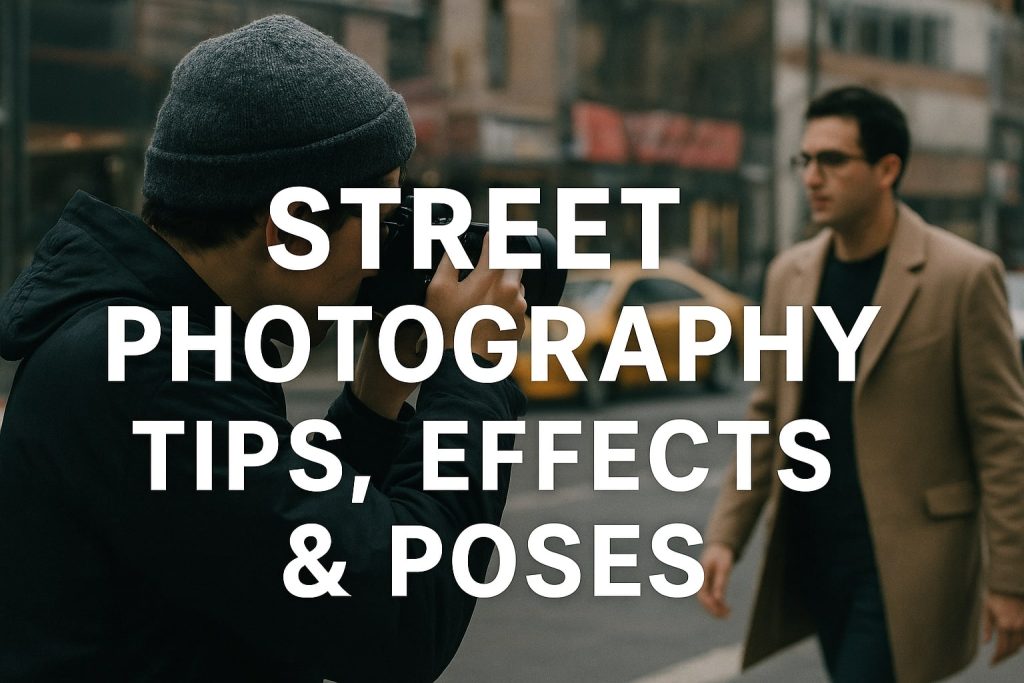Candid intimate photography is the art of capturing love, vulnerability, and deep connection without interference. Unlike traditional posed portraits, which can feel rigid or rehearsed, this style highlights the unscripted chemistry between two people. Every glance, touch, or fleeting smile tells a story that feels authentic and timeless. What makes candid intimacy so compelling? It goes beyond aesthetics, documenting emotions in their purest form to create photographs that stir the soul. Whether you’re a professional photographer or an amateur storyteller, mastering this technique will transform your work into raw, evocative pieces of art. This guide will teach you how to capture genuine passion in candid intimate photography, from creating a comfortable setting to refining the subtleties of movement, composition, and editing.
Thank you for reading this post, don't forget to subscribe!1. The Art of Unscripted Photography
Why Do Candid Moments Feel So Powerful?
Candid photography isn’t about taking random shots and hoping for magic. Instead, it requires an observant eye, a deep understanding of human interaction, and the ability to anticipate authentic moments before they unfold.
Key elements of a candid, intimate image include:
✔ Unforced interactions – The couple engages naturally, uninhibited by staged direction.
✔ Subtle nuances – A quiet exchange, a brush of fingertips, or a knowing gaze.
✔ Genuine emotion – Each photograph should communicate a feeling: adoration, longing, tenderness, or bliss.
✔ Context and storytelling – The setting enhances the mood, whether it’s an intimate bedroom, an outdoor sunset, or a cozy indoor scene.
Unlike generic couple photography, which focuses on structured composition, intimate candids thrive in imperfection. A slightly blurred motion, an off-center frame, or an unexpected laugh can make a photo feel more real.
2. Creating a Relaxed and Authentic Environment
Capturing unguarded passion starts before the first shutter click. If the subjects feel self-conscious or unnatural, the images will reflect that tension. A relaxed setting is crucial to making the experience organic and uninhibited.
A. Establish Trust Before the Session
- Have a conversation, not a consultation – Get to know the couple. Ask about their love story, favorite moments, and what draws them together.
- Set expectations – Let them know that they don’t need to perform; their connection is what makes the shoot special.
- Find out their comfort level – Some couples love to be playful, while others prefer quiet, intimate moments—adjust your approach accordingly.
- Suggest meaningful locations – A place that holds sentimental value, like where they first met or shared a significant moment, can evoke genuine nostalgia and emotion.
B. Use Sensory Cues to Encourage Natural Interaction
Instead of forcing specific poses, engage their senses:
🎵 Play soft, ambient music to set the tone.
🕯️ Adjust lighting—candlelight, golden hour sunlight, or soft bedside lamps can create warmth.
🍃 Encourage movement—walking through nature, slow dancing, or cozying up on a couch will generate fluid, natural moments.
A setting that allows the couple to immerse themselves in their own world will result in genuine, passionate photography.
3. Capturing Authentic Emotion and Chemistry
Once the couple feels comfortable, your role shifts to that of an observer and storyteller. The magic happens in those fleeting, in-between moments—a spontaneous laugh, an intimate whisper, or a shared gaze filled with unspoken love.
A. Anticipating and Observing Emotion
- Watch for micro-expressions—the way their eyes soften when looking at each other, a slight smirk before a joke.
- Capture transitions—how they go from laughter to a quiet embrace, how their hands move naturally toward one another.
- Embrace imperfection—blurred motion, wind-tossed hair, or unposed giggles often create the most soulful images.
B. Directing Without Staging: The Power of Prompts
Rather than static poses, use interactive guidance:
🗨 “Tell them about the moment you realized you loved them.” – Evokes deep emotions.
🗨 “Pull them close and whisper something in their ear.” – Captures candid intimacy.
🗨 “Trace the outline of their face with your fingertips.” – Creates softness and connection.
🗨 “Hold hands and walk slowly, but stop whenever you feel like hugging them.” – Encourages natural movement.
These prompts stimulate real emotions, making every captured frame visually striking and emotionally rich.
4. Composition & Lighting for Evocative Storytelling
Great intimate photography isn’t just about emotion—it’s also about intentional composition and artistic lighting choices.
A. Crafting an Emotional Composition
📸 Close-ups – Zoom in on hands intertwined, lips almost touching, or a tender touch on the back of the neck.
📸 Negative space – Let the surroundings breathe; sometimes, the simplest compositions speak volumes.
📸 Reflections & shadows – Capture silhouettes against a dimly lit backdrop for a more dramatic effect.
📸 Layering – Use foreground elements (curtains, fabrics, flowers) to create depth and mystery.
B. The Right Lighting for Different Moods
☀️ Golden Hour – Creates a dreamy, ethereal ambiance with soft shadows.
🕯️ Low-Light & Candlelight – Adds a sensual, cinematic mood.
🏠 Window Light – Enhances natural softness and realism.
🌑 Silhouettes – Shadows and highlights emphasize the outline of the body, adding drama and elegance.
5. Editing to Enhance, Not Overpower
A powerful photograph doesn’t rely on heavy retouching. The goal is to elevate natural beauty, not mask it.
A. Enhancing Warmth and Depth
- Adjust contrast and highlights to make skin tones look natural, not over-processed.
- Subtle grain or matte finishes can add a timeless, film-like quality.
- Selective color grading—slightly desaturated tones or warm, golden hues enhance intimacy and mood.
B. When to Use Black & White
Monochrome images strip away distractions, focusing purely on emotion, shape, and contrast. Convert to black and white when:
✔ The emotion is more powerful than the setting.
✔ Light and shadow play create depth.
✔ The textures (skin, fabric, hair) add to the rawness of the moment.
Final Thoughts
Candid intimate photography isn’t just about capturing two people in love—it’s about translating connection into visual poetry.
Key Lessons to Remember:
✔ Build a comfortable, trusting atmosphere.
✔ Anticipate genuine, unscripted moments.
✔ Use gentle prompts rather than stiff direction.
✔ Master composition, light, and movement to enhance mood.
✔ Edit subtly—highlight authenticity rather than alter reality.
By embracing these principles, you’ll create photographs that resonate deeply—images that go beyond aesthetics and capture the very essence of passion and love.
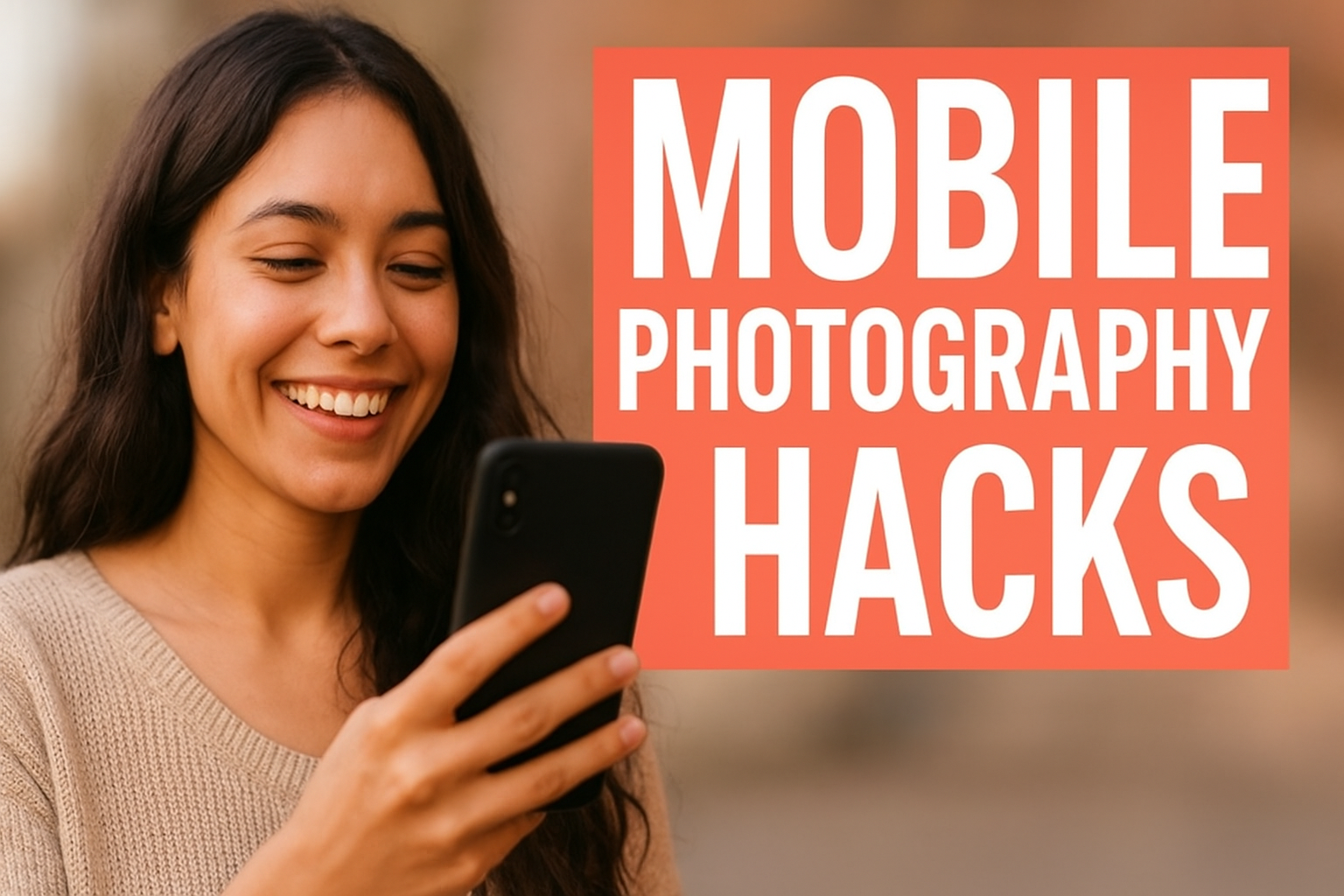
Mobile Photography Hacks: Candid Moments with Your Phone
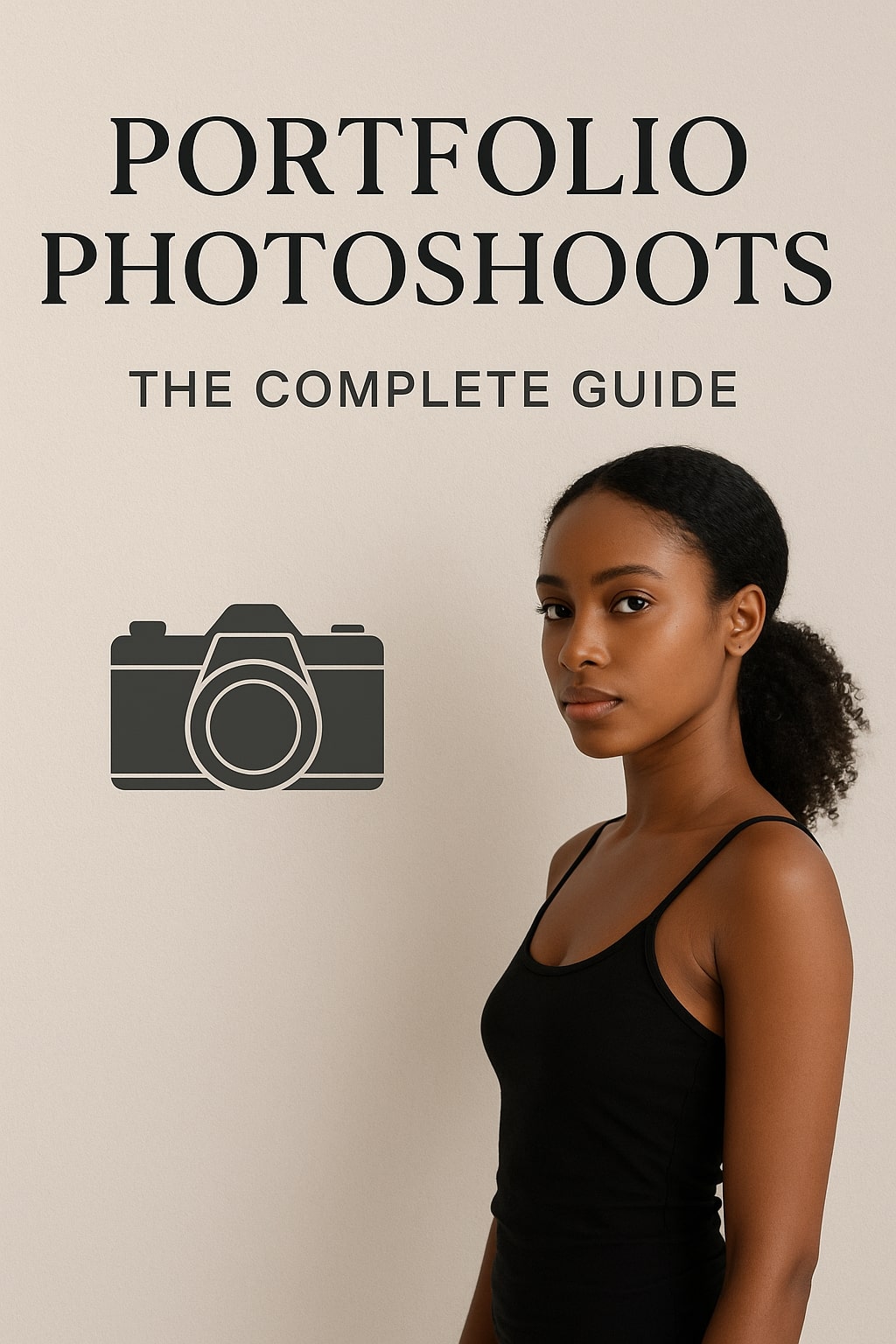
Professional Model & Portfolio Photoshoots: Show Your Best Work
-
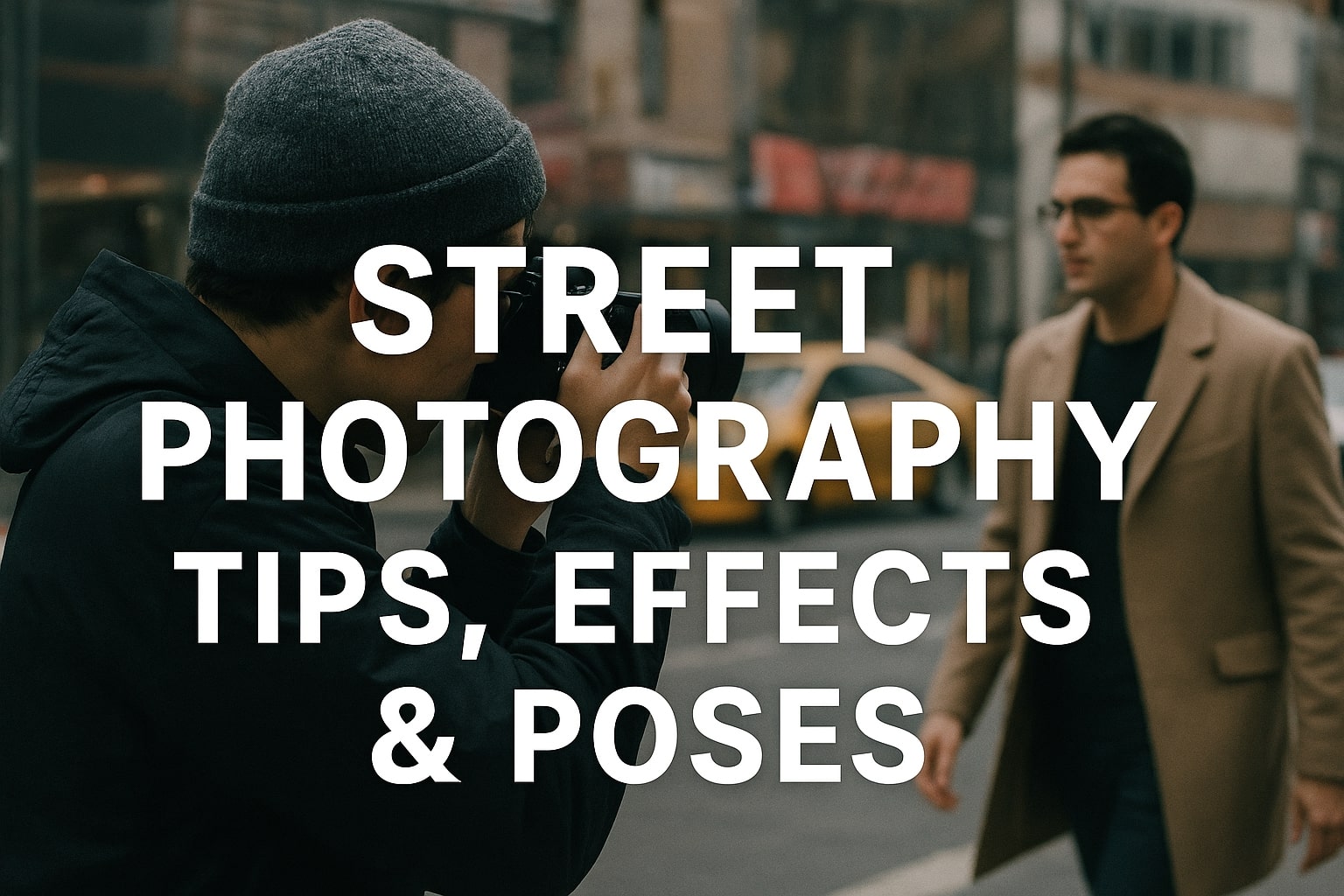
Street Photography Tips, Effects & Poses – Complete Guide
-

Leica Q2 for Photography: Why It’s Loved by Photographers
Mobile Photography Hacks: Candid Moments with Your Phone
Discover high-impact mobile photography hacks to capture genuine, gorgeous candid moments with your phone. Learn practical tips, composition secrets, and pro techniques to turn everyday scenes into stunning visual stories.Thank you for reading this post, don’t forget to subscribe! Introduction: The New Age of Mobile Photography Photography has evolved beyond heavy cameras, technical jargon, and
Professional Model & Portfolio Photoshoots: Show Your Best Work
” Discover how to plan, style, and execute stunning portfolio photoshoots that showcase your skills, personality, and versatility. This comprehensive guide covers professional tips, posing ideas, gear suggestions, and industry insights for models and photographers.”Thank you for reading this post, don’t forget to subscribe! Introduction – Why Portfolio Photoshoots Are the Cornerstone of a Photographer’s
Street Photography Tips, Effects & Poses – Complete Guide
Discover the ultimate guide to Street Photography with expert tips, creative effects, and dynamic poses. Learn how to capture authentic urban moments, master composition, and tell powerful visual stories through your lens.Thank you for reading this post, don’t forget to subscribe! Article Outline 1. Introduction to Street Photography Street Photography is more than just taking
Leica Q2 for Photography: Why It’s Loved by Photographers
Introduction: The Cult Status of the Leica Q2 The Leica Q2 is not just a camera—it’s a statement. Combining the heritage of German precision engineering with modern digital excellence, it holds a special place in the hearts of professional and passionate photographers alike. With its full-frame sensor, prime Summilux lens, and minimalist design, the Q2
Top Cameras Under ₹1 Lakh for Freelance Photography
Freelance photography is no longer a niche—it’s a booming creative profession that demands not only vision and hustle but also the right gear. Your camera isn’t just a tool; it’s your storytelling partner. If you’re a freelance photographer aiming to balance performance, versatility, and budget, investing in a cameras under ₹1 lakh can offer the
Top Features of Nikon D850 That Make It Ideal for Photoshoots
Explore the top features of the Nikon D850 that make it a powerhouse for photoshoots. From exceptional resolution to dynamic range, this detailed Nikon D850 guide is built for professional and aspiring photographers.Thank you for reading this post, don’t forget to subscribe! 1. Introduction When Nikon launched the D850, it quickly earned a reputation as
